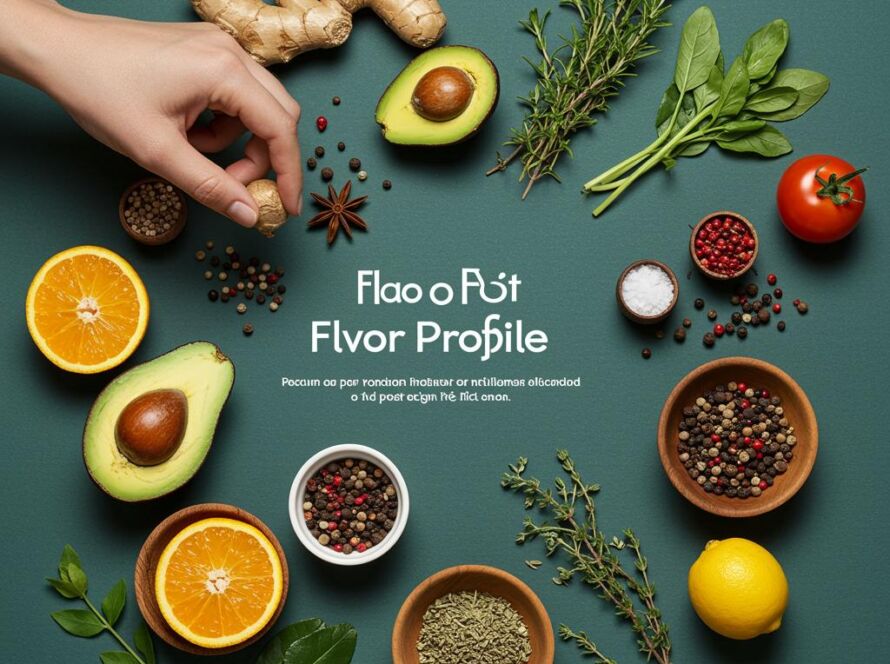Best Culinary Tools Compared: Ultimate Guide
Culinary Tool Comparison: Equipping Your Kitchen for Success
A well-equipped kitchen is a cook’s best friend. But with so many tools available, choosing the right ones can be overwhelming. This guide provides a comprehensive comparison of essential culinary tools, helping you make informed decisions and build a functional and efficient kitchen.
Knives
Chef’s Knife vs. Santoku Knife
The chef’s knife, a multi-purpose workhorse, excels at chopping, slicing, and dicing. Its curved blade allows for a rocking motion. The santoku knife, with its straighter edge and granton edge (small indentations), is ideal for precision cuts and prevents food from sticking. Choosing between them depends on your cutting style and preferred grip.
Paring Knife vs. Utility Knife
For smaller tasks like peeling and trimming, the paring knife is indispensable. The slightly larger utility knife offers more versatility for slicing smaller fruits and vegetables. Both are essential for detailed work.
Cutting Boards
Wood vs. Plastic
The classic wood cutting board is gentle on knives and offers a natural aesthetic. However, it requires more maintenance and can be susceptible to bacteria if not properly cared for. Plastic cutting boards are dishwasher-safe and more sanitary but can dull knives faster. Consider having both types for different tasks.
Material Considerations
Bamboo cutting boards are a sustainable option, offering a balance between durability and knife-friendliness. Composite cutting boards combine the benefits of various materials for optimal performance.
Pots and Pans
Stainless Steel vs. Non-Stick
Stainless steel cookware is renowned for its durability and even heating. It’s ideal for searing, browning, and making sauces. Non-stick cookware is perfect for delicate foods like eggs and pancakes, requiring less oil. Consider your cooking habits and prioritize accordingly.
Cast Iron vs. Enameled Cast Iron
Cast iron offers exceptional heat retention and searing capabilities, adding a rich flavor to dishes. Enameled cast iron provides the same benefits with easier maintenance and a wider range of cooking applications, including acidic dishes.
Mixing Bowls
Glass vs. Stainless Steel
Glass mixing bowls are non-reactive and microwave-safe, ideal for prepping and serving. Stainless steel bowls are durable, lightweight, and perfect for whisking and mixing. Having a variety of sizes in both materials is beneficial.
Small Appliances
Immersion Blender vs. Stand Mixer
An immersion blender offers convenience and versatility for blending soups and sauces directly in the pot. A stand mixer is a powerhouse for baking tasks, from whipping cream to kneading dough. Consider your culinary focus when choosing between these appliances.
Food Processor vs. Blender
A food processor is a multi-tasking tool for chopping, slicing, shredding, and pureeing. A blender excels at making smoothies, soups, and sauces. Understanding their distinct functions will help you select the right appliance.
Conclusion
Building a well-equipped kitchen is a journey. By understanding the strengths and weaknesses of different culinary tools, you can make informed decisions and invest in items that will enhance your cooking experience. Prioritize quality and versatility, and remember that the best tools are the ones you’ll use and enjoy the most.


